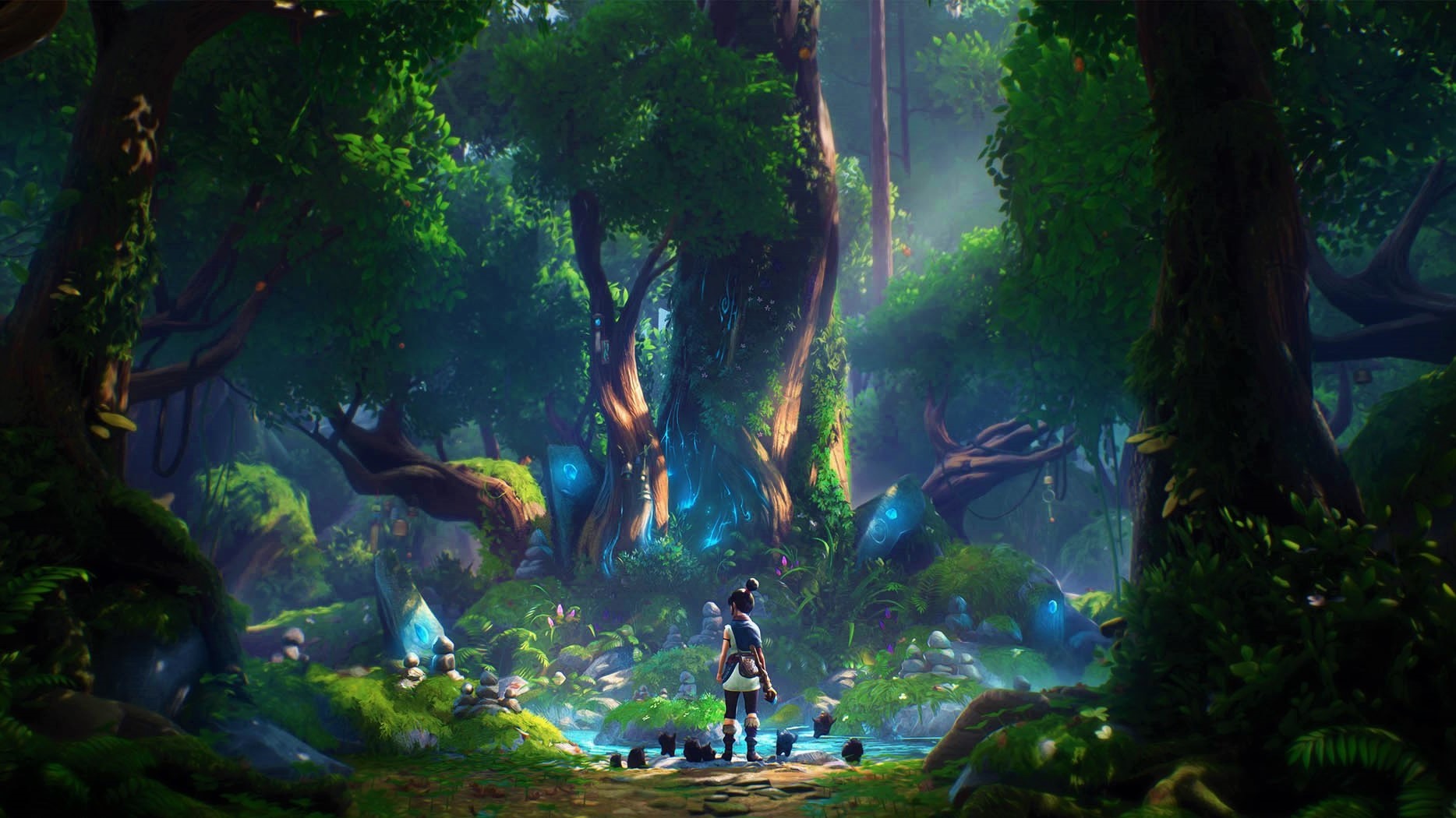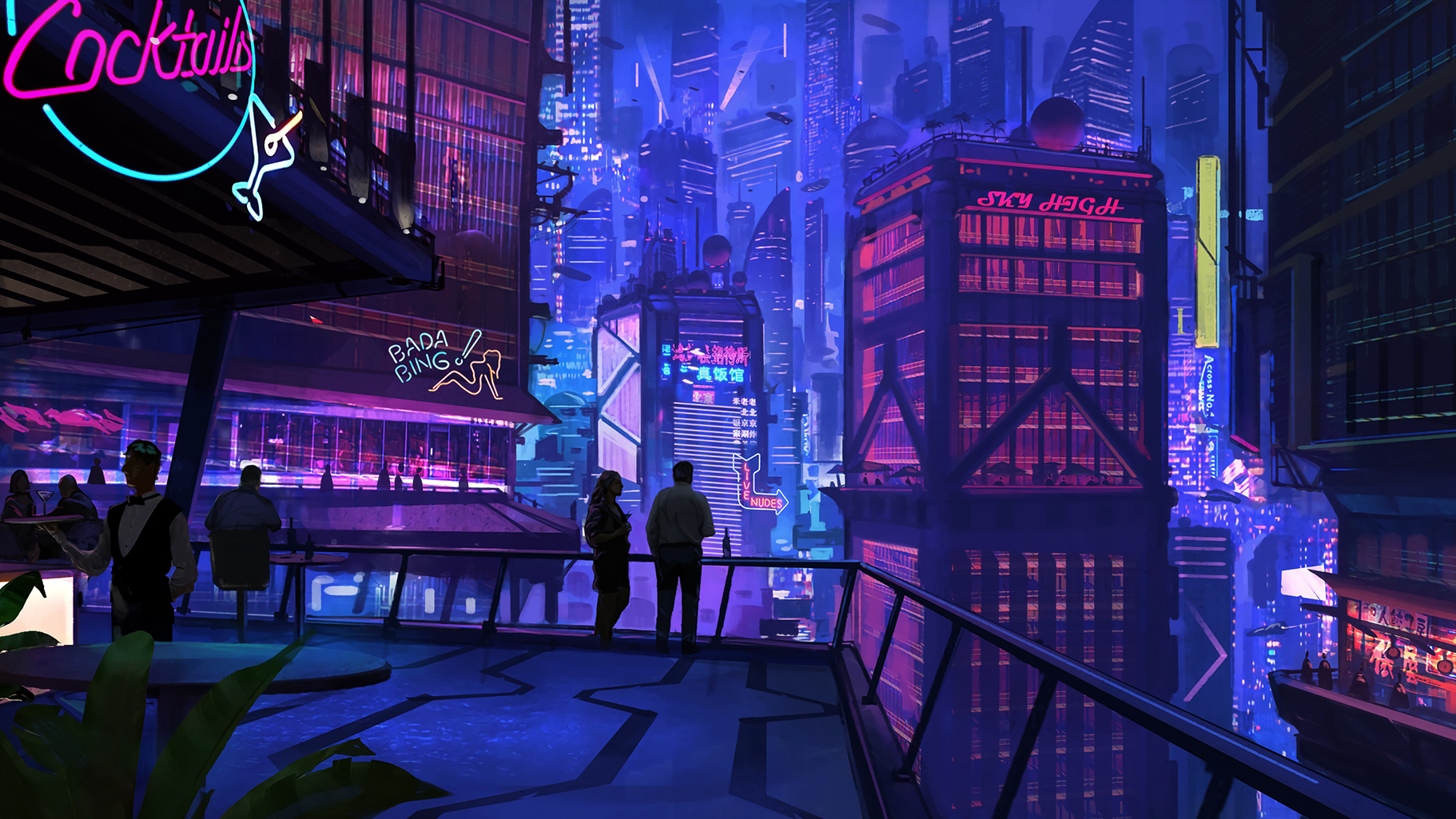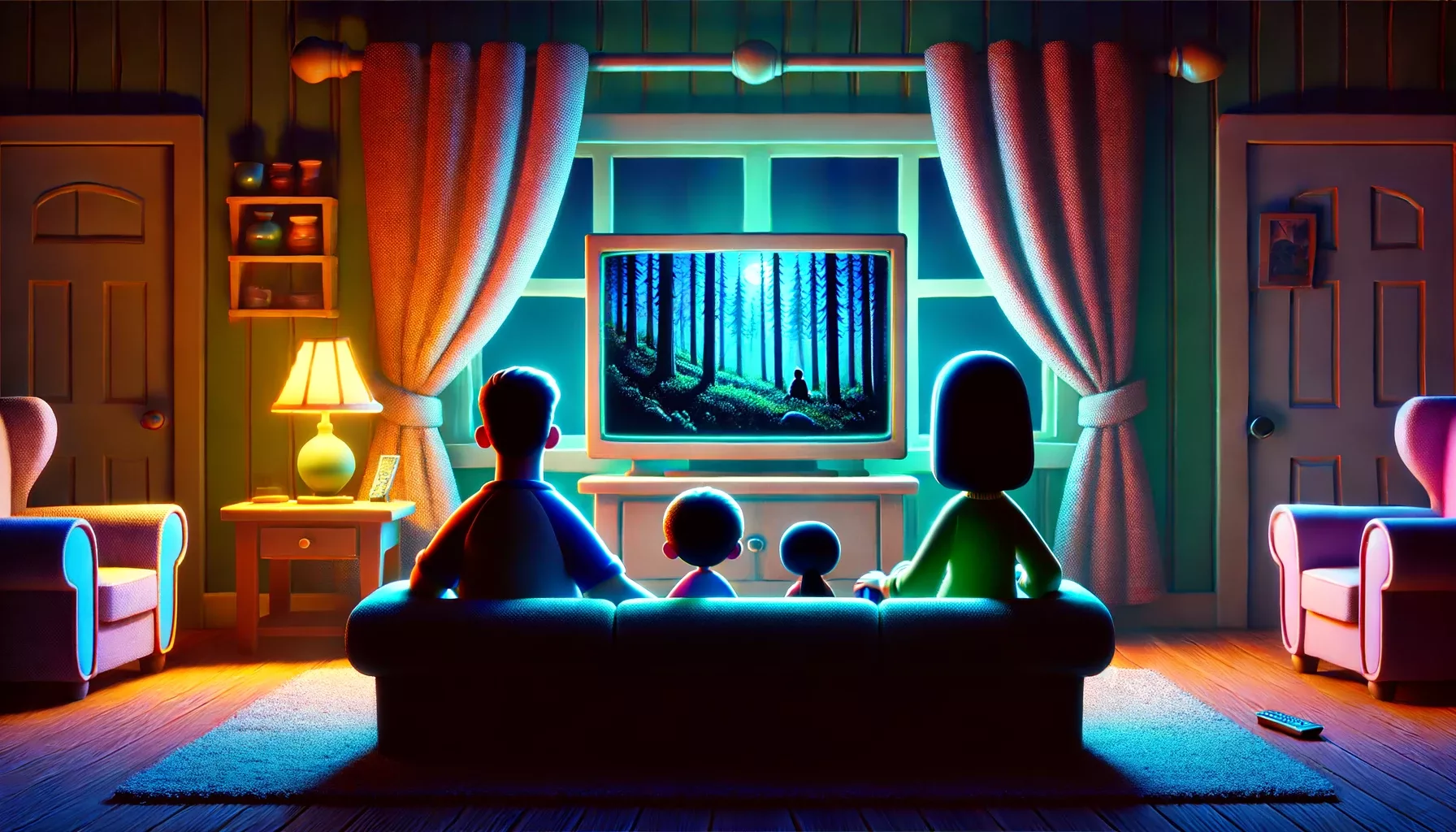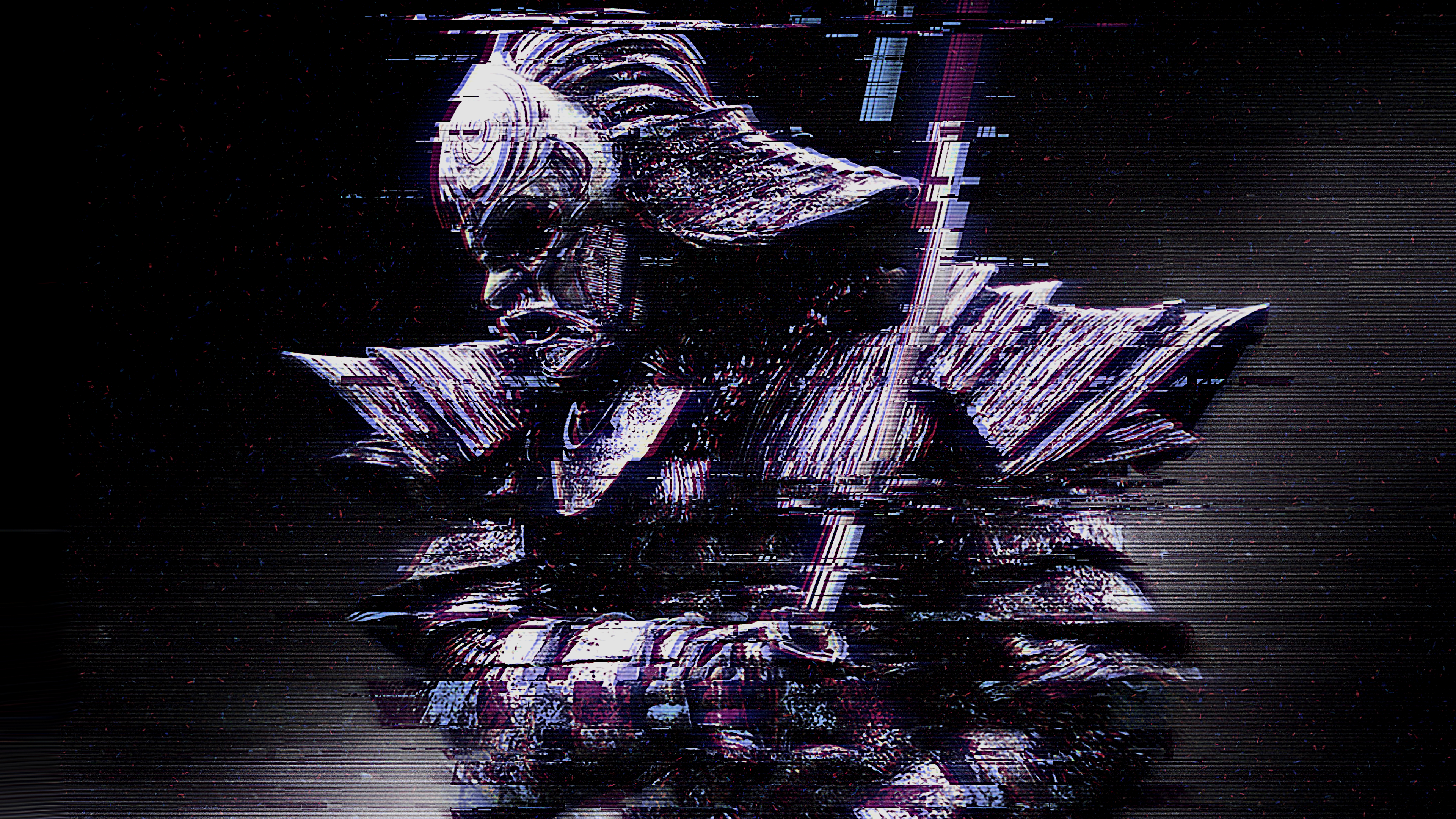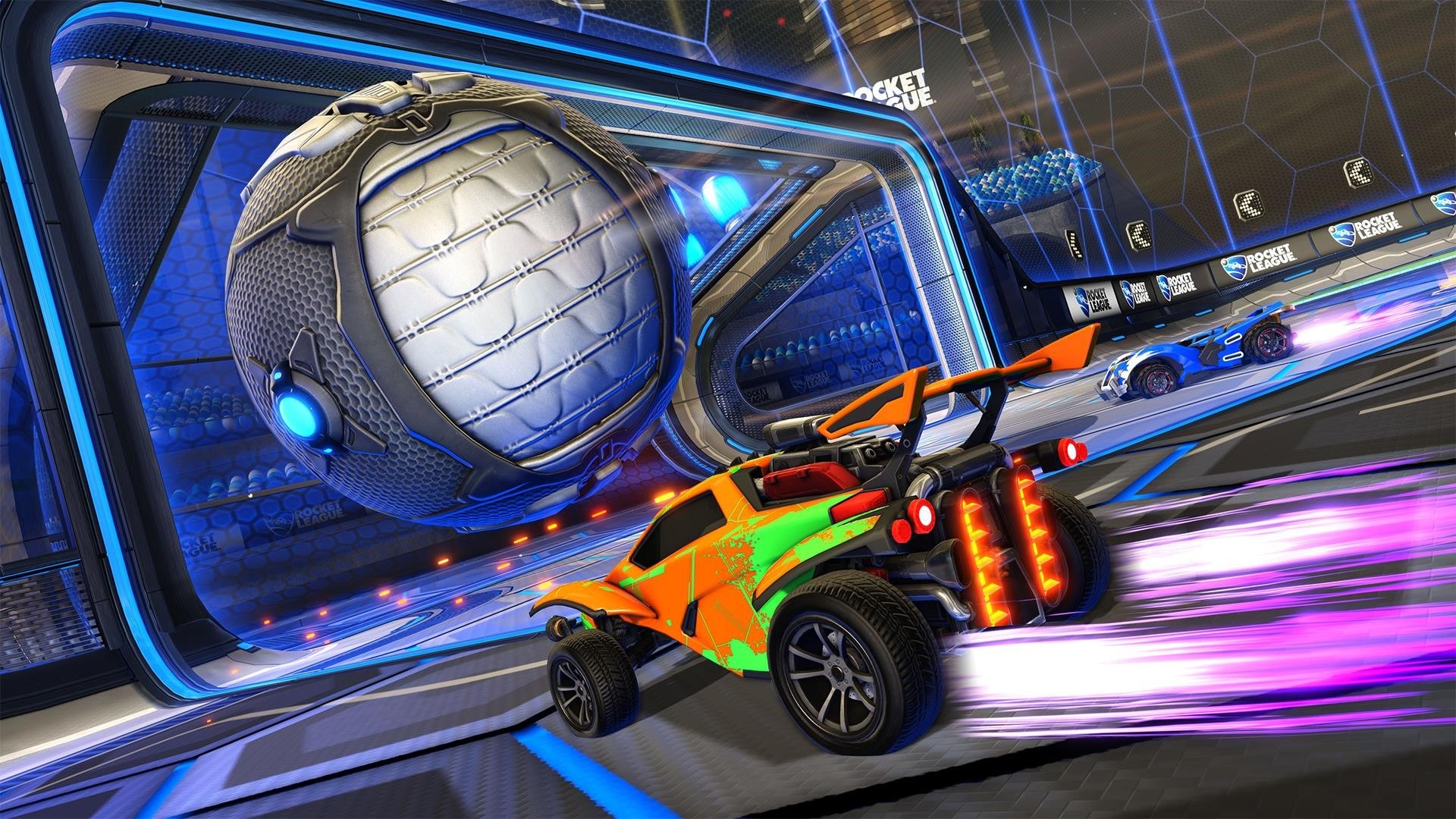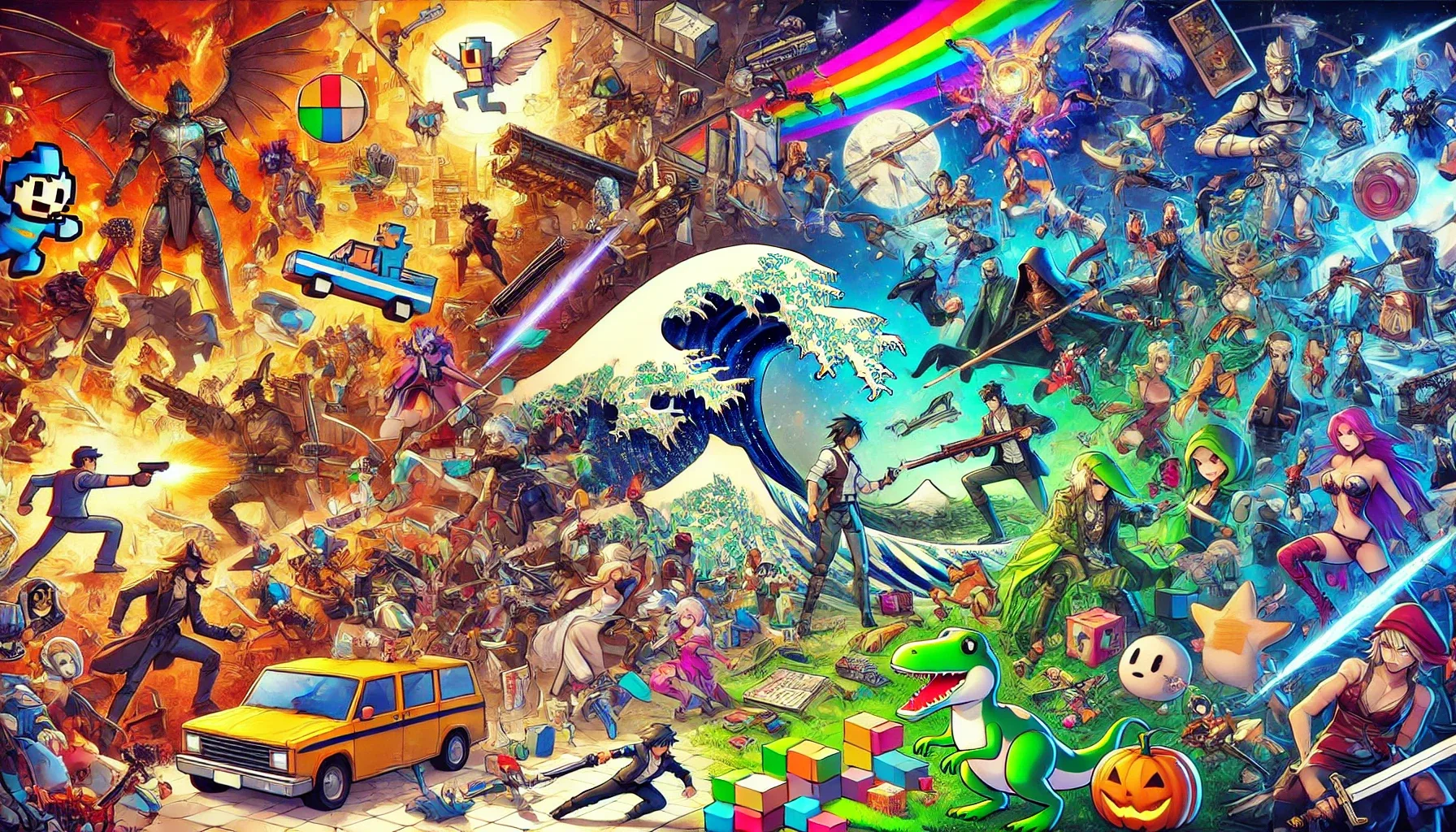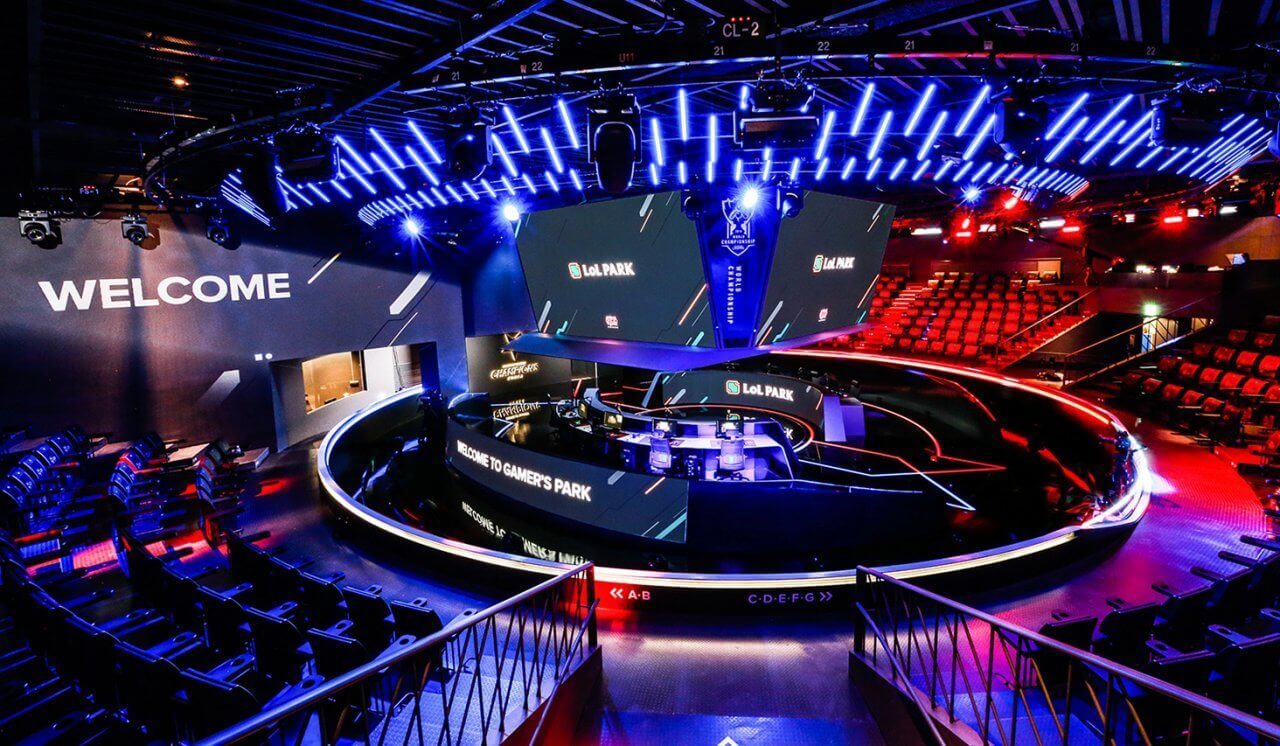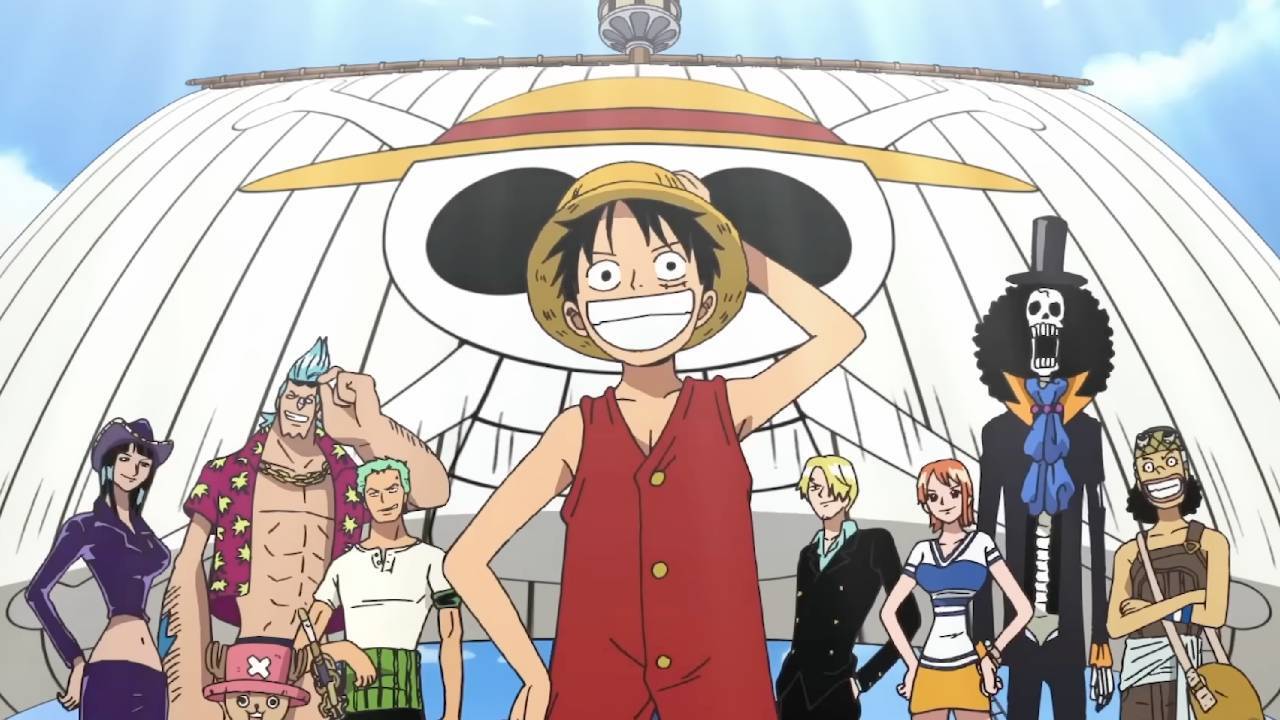For the first time in over two decades, One Piece is changing the way it sets sail, trading its endless weekly voyage for a new, seasonal course.
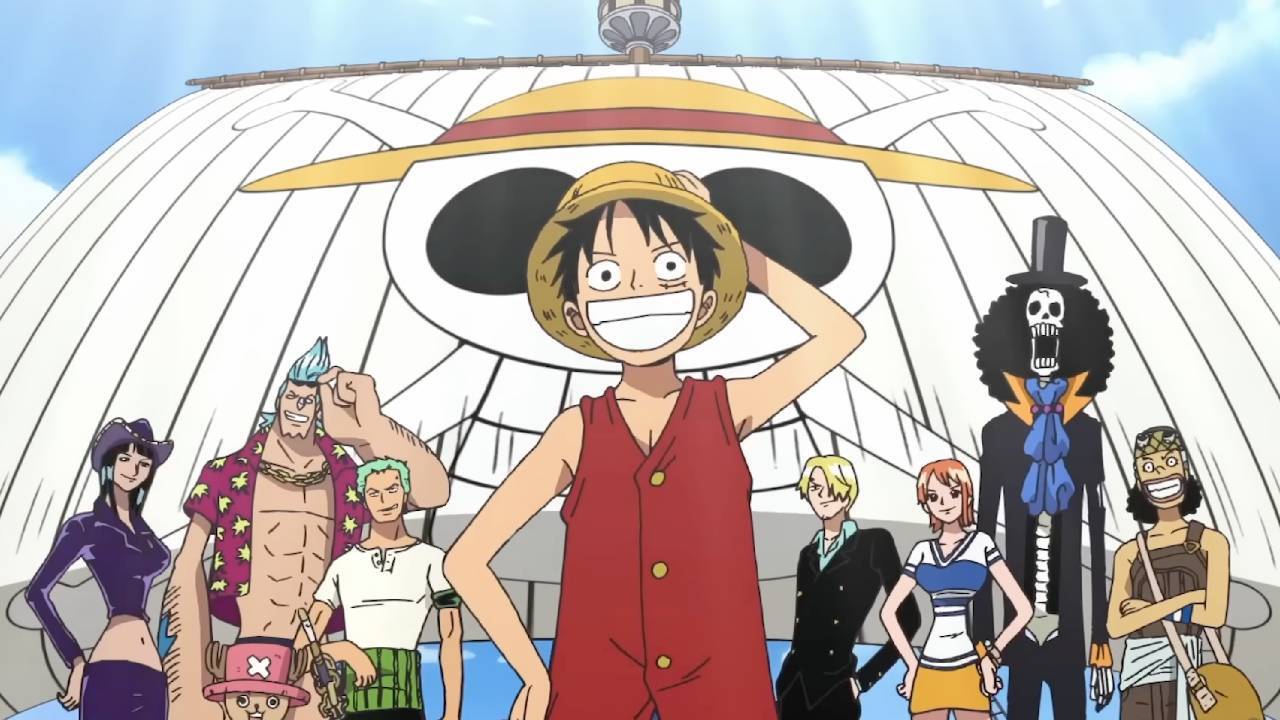
After 26 years of uninterrupted adventure, the anime that defined an era is finally slowing down, not because it’s fading but because it’s evolving. The shift marks more than just a scheduling change. It signals the end of the weekly anime tradition that shaped generations of fans.
One Piece Adopts a Seasonal Format
Starting in 2026, One Piece will shift from its long-running weekly schedule to a seasonal release model. Toei Animation announced that new episodes will be released in two parts per year, with a total of no more than 26 episodes annually. The studio plans to finish the Egghead Arc before the anime goes on a three-month break beginning in January 2026, after which the next season will begin.
This change follows a period of experimentation. Between October 2024 and April 2025, One Piece took a six-month hiatus, one of the longest breaks in its history. When the series returned, the animation maintained the already high standard set in previous episodes, with some viewers noting that the visual quality and direction may have improved even further. The break proved that the production could pause without losing momentum or consistency.
For more than two decades, One Piece has aired almost every week without interruption, producing over a thousand episodes. Moving to a seasonal structure represents a major shift in production rhythm. According to Toei, the new format will allow the studio to better manage pacing, stay closer to Eiichiro Oda’s manga, and maintain a high level of animation quality without the pressure of a continuous weekly schedule.
The End of the Weekly Anime Era
With One Piece moving to a seasonal format, the last of the “Big Three” shōnen series leaves behind the weekly broadcast model. After Naruto and Bleach ended their continuous runs, One Piece was the final holdout of an era defined by constant production and near-weekly releases.
The change follows a broader industry trend toward shorter, high-quality seasons. Bleach: Thousand-Year Blood War proved how effective that model can be, praised for its focused pacing and outstanding animation after adopting a seasonal schedule.
What once characterized mainstream anime is now fading: filler arcs, nonstop releases, and year-round production. In their place come planned seasons, creative consistency, and room for stronger visuals. With One Piece’s shift, the age of the weekly anime finally reaches its end.
Sailing Into a New Era
The move to a seasonal format has been received positively by fans, many of whom have long discussed One Piece’s pacing issues. With planned breaks and shorter episode runs, Toei now has the flexibility to better align the anime’s tempo with Eiichiro Oda’s manga.
The announcement marks a rare moment of agreement in the fandom: most see the change as a necessary evolution for a series entering its final stretch. It’s a chance to maintain quality, manage production more sustainably, and keep the world of One Piece vibrant for years to come.
If this new rhythm helps the series find its balance, One Piece may prove that slowing down can be the best way to move forward.
What do you think? Are you disappointed to see One Piece go on another break, or optimistic about what it could mean for the pacing? Let us know in the comments!
